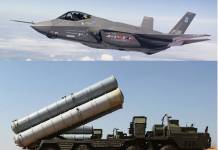The Russia-Ukraine tensions, which have been simmering for about seven years, have intensified in recent months. Increased troop deployments by Moscow along the Ukrainian border have resulted in the involvement of the US and NATO, which have hinted at stringent measures against Russia if a military conflict breaks out.
Root Cause Of The Conflict
Ukraine, which was previously part of the Soviet Union, shares a 1,931-kilometer border with Russia. The two neighbors also share cultural and linguistic ties.
Russia President Vladimir Putin is of the view that Kyiv should be subservient to Moscow. However, Ukraine has been leaning towards the West instead of aligning itself with Russia.
This inclination became clearer in 2014 when Ukrainians toppled a Putin-backed leader. Post the removal of the pro-Moscow president, Russia seized and annexed the southern Crimean peninsula from Ukraine.
Moscow has also been accused of backing separatist groups which went on to capture large expanses of Ukraine’s two eastern regions together called Donbass.
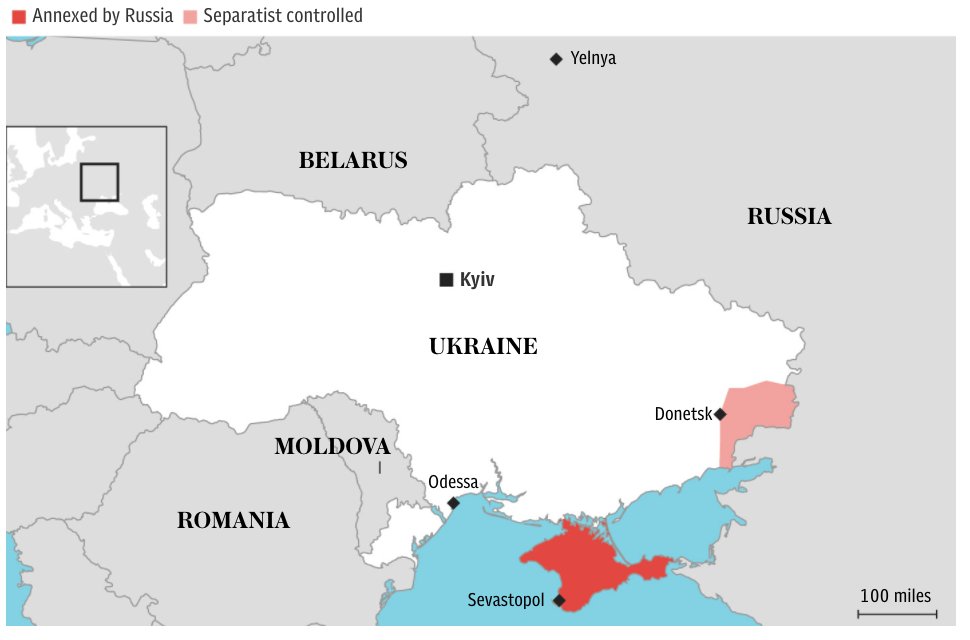
In 2015, the ‘Minsk II’ peace agreement was signed by the two countries to end the fighting in the rebel-held regions. As part of the treaty, Russia promised to hand over the border to Ukraine’s national troops, while Ukraine had to delegate more power to the breakaway regions.
However, Kyiv’s increasing bonhomie with the West and its unwillingness to implement the agreement prompted a move towards a policy of militarily pressurizing Kyiv.
Tensions have been simmering over the years and have reached new highs owing to Russia’s deployment of scores of self-propelled artillery, battle tanks, and short-range ballistic missiles in Siberia, within the striking range of Ukraine’s borders.
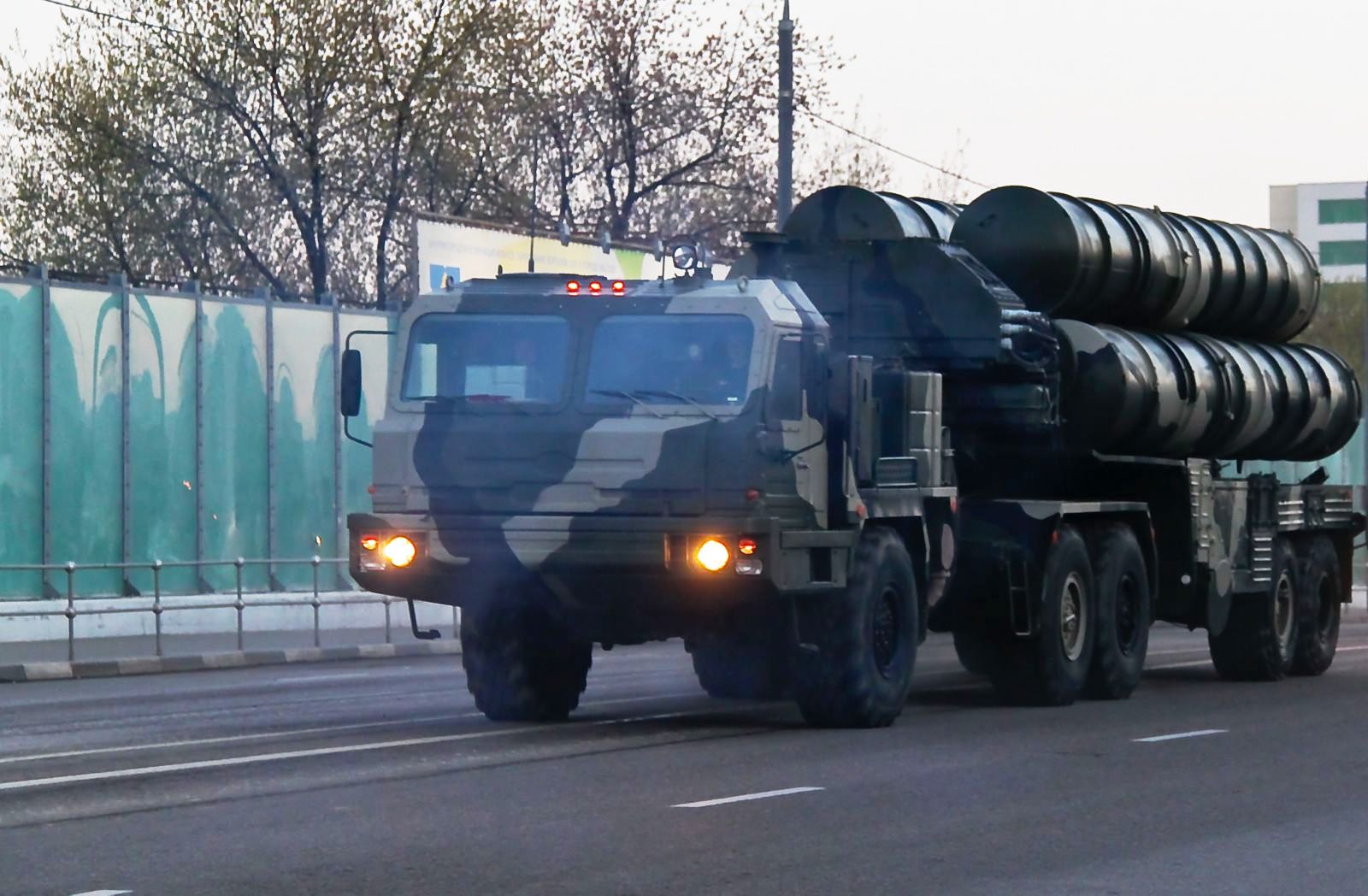
Washington’s intelligence reports say that Russia could launch an attack by the end of next month. It could use close to 100 battalion tactical groups (BTGs), comprising approximately 175,000 troops. Some estimates say that Moscow already has around 50 BTGs in the border region. Ukraine is also mobilizing troops to thwart a potential attack.
Russia is Concerned?
The United States has not yet responded to the proposals on security guarantees handed over by Moscow last week, Russian Deputy Foreign Minister Sergey Ryabkov said on Monday.
“No, they [the Americans] have not responded yet, we are waiting, we will see what they answer. So far, we have seen only all sorts of public statements, mainly not by representatives of the United States, but this also matters. The main thing, in general, is to see what they tell us from Washington, “Ryabkov told reporters.
Moscow urgently needs the response from Washington regarding the proposals on security guarantees, as the situation is difficult and tends to further deteriorate, he said, adding that Washington will try to delay its response and put forward its conditions.
Commenting on the Moscow-Washington relations, the diplomat said that Moscow deems a positive development in the further relations possible if Washington makes advances on security guarantees.
More Weapons For Ukraine
The US is considering redirecting choppers and other military equipment that was intended for the Afghan military to bolster Ukraine’s defenses.
The military hardware that was earlier allocated for the Afghan National Security Forces includes Russian-made Mi-17 helicopters. These choppers would provide the Ukrainian military with greater mobility. Kyiv had earlier lost aircraft in the 2014 Crimea clashes. The US has also sent anti-tank Javelin missiles to Ukraine along with two US Coast Guard patrol boats.
??⚡️??Servicemen of the 25th separate airborne brigade of the Armed Forces of Ukraine in Avdeevka on the line of contact.
#Donbass pic.twitter.com/4OavytULFI— The RAGE X (@theragex) December 19, 2021
Ukrainian authorities have been lobbying for air-defense systems to ward off Russian aircraft. Currently, the country operates Soviet-era systems, which, despite modernization, lag behind some of Russia’s high-tech equipment.
However, it seems that some quarters in the US are wary of increasing arms shipments, fearing escalation of tensions. An important variable to this Russia-Ukraine arms equation is the NATO.
NATO’s Involvement
Russia and NATO are at loggerheads due to Ukraine’s growing closeness with the latter. Moscow has proposed, among other things, that NATO provide a legally binding guarantee that it will give up all activity within Ukraine and other former Soviet states.
In addition, it has demanded an effective veto on Ukraine’s NATO membership to defuse the current crisis.
In response, NATO Secretary-General Jens Stoltenberg has said that “it is up to Ukraine and 30 [NATO] allies to decide when Ukraine is ready to join the alliance”, and that Russia has “no veto, no right to interfere in that process”.
The US and France have been sending surveillance aircraft into the Black Sea region. The US was using their RC-135s and Artemis while France was flying Mirage 2000 aircraft for sorties. While NATO regularly flies surveillance aircraft along Russian borders, these sorties have intensified a lot more.
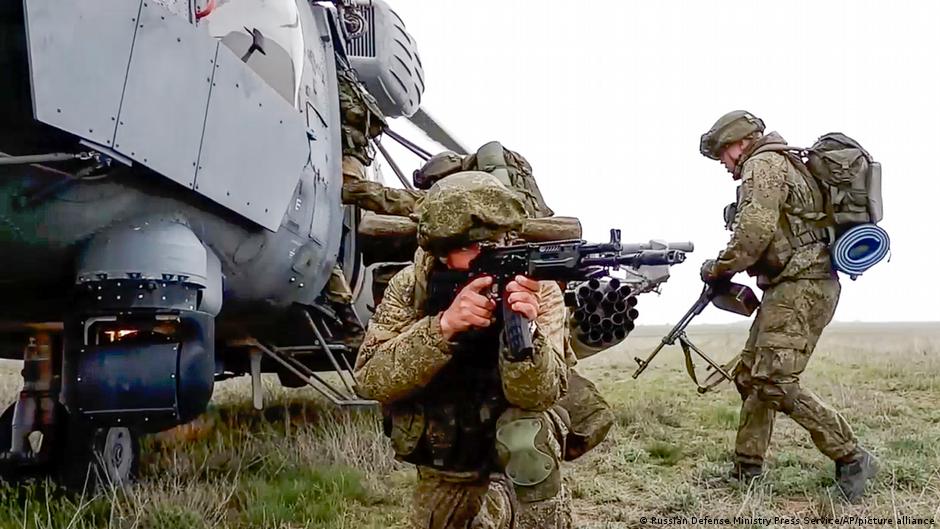
Russia’s Foreign Ministry Spokeswoman Maria Zakharova has accused NATO countries of sending militants disguised as military instructors to Ukraine. The ministry believes that Ukraine is being “pumped up” with arms.
As part of NATO, the UK will help Ukraine construct naval bases at Ochakiv on the Black Sea and Berdyansk on the Sea of Azov. The US has also committed to helping Ukraine defend itself, and promised unprecedented measures in case it is attacked.
Yet, US President Joe Biden clarified that American troops will not be unilaterally deployed. At the same time, the NATO secretary-general noted that any military support of the Western alliance will purely be along defensive lines.
NATO’s involvement in the crisis also spills into the economic arena. The West can impose sanctions on Russia and financially support the Ukrainian military. Another important tool could be the threat to disconnect Russia’s banking system from the international Swift payment system as a last resort.
Some NATO members can prevent the opening of Russia’s Nord Stream 2 gas pipeline in Germany. This pipeline would enable Russia to send gas to Europe without passing through Ukraine. This implies Moscow gaining the power to pressure Kyiv without running the risk of Ukraine cutting the gas supply route.
Will Russia Invade Ukraine?
Speaking at a Brookings podcast, Steven Pifer, a non-resident senior fellow at Brookings and William J. Perry, a fellow at the Center for International Security and Cooperation at Stanford, explained that the high cost of pursuing a war that Russia will have to bear has been highlighted by Biden’s administration.
The first of these costs are the huge economic sanctions that both the US and Europe will be levying on Russia. These will be significantly higher than penalties that the West has imposed on Moscow in the past.
“A second response that the president apparently talked to Mr. Putin about was that if there were a Russian military incursion, there would be a greater flow of Western military assistance, not including NATO combat troops, but equipment and weapons that would allow the Ukrainians to better defend themselves,” Pifer said.

The other thing Biden conveyed to Putin was that a major military operation in Ukraine will result in “concerned allies” in the Baltic states — Poland, and even Central and Eastern Europe, wanting more NATO presence on their territory. In case of an attack on Ukraine, the US will be inclined to answer these requests in the affirmative, which could disadvantage Russia.
Another source of the increased cost of war is the rapid expansion of the Ukrainian military’s might. It is twice the size that it was in 2014, comprising “tens of thousands of troops”. They may not be able to beat the Russian military but will make the war more costly. In other words, the cost of war is going to be high.
Yet another factor that will affect whether Russia will launch an invasion is domestic optics. While the seizure of Crimea in 2014 was a bloodless one from the point of view of the Russian military. It was, thus, very popular.
However, if the Russians launch a major military attack on Ukraine, people will notice Russian casualties. Pifer said that it is unsure whether the public will support an invasion, especially if it means lots of deaths on their end.
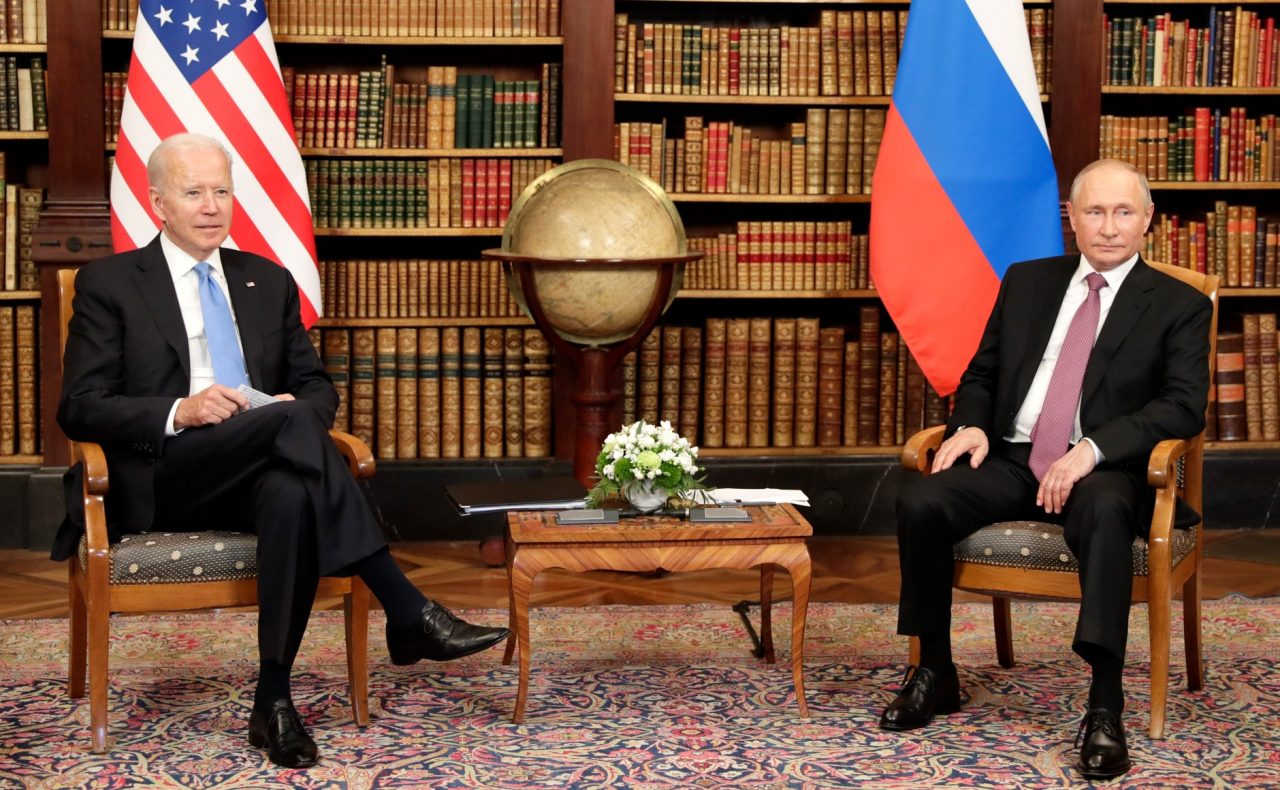
Given that Russia has presented its demands to NATO, it is clear that the deployments on the border now serve the purpose of strong-arming Ukraine defense involvements. NATO is resisting these demands, taking a stand while looking for a compromise.
On the other hand, Kyiv is preparing to raise the cost of war to a level where an invasion becomes impractical for Moscow. It has some NATO members’ support in this endeavor. The US, while trying to maintain its credibility as an ally, seems to be reluctant to pledge full support, perhaps owing to the Afghanistan debacle.
- Contact the author at: shreyya.mundhra@gmail.com
- Follow EurAsian Times on Google News

